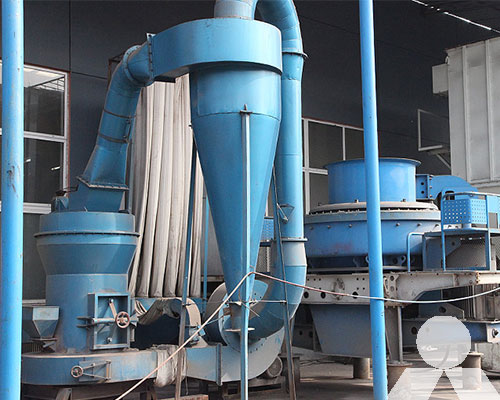The fineness of raymond mill processing material
The fineness of material processed by a Raymond mill refers to the particle size distribution of the final product. Raymond mill is a commonly used grinding equipment for various minerals and materials, such as limestone, gypsum, marble, barite, dolomite, talc, and other non-metallic ores.

The fineness of the processed material in a Raymond mill is determined by several factors:
- Grinding mill settings: The fineness of the product can be adjusted by changing the rotational speed of the Raymond mill, adjusting the air flow rate through the mill, and changing the size of the grinding roller and the grinding ring.
- Feed size: The size of the material fed into the Raymond mill can affect the fineness of the output. Generally, smaller feed size leads to finer grinding and a higher fineness of the final product.
- Grinding time: The longer the material is ground in the Raymond mill, the finer the particles will become. However, excessively long grinding time may cause over-grinding, which can reduce the overall efficiency of the mill.
- Material properties: Different materials have different hardness and grindability, which can affect the fineness of the final product. Softer materials are generally easier to grind to a fine powder, while harder materials may require more grinding to achieve the same fineness.
Raymond mills are equipped with a classifier, which separates the fine particles from the coarse ones. The fine particles are collected and sent to the product storage or further processing, while the coarse particles are returned to the grinding chamber for further grinding.
The specific fineness achievable by a Raymond mill can vary depending on the model and configuration of the mill, as well as the characteristics of the material being processed. Raymond mills are capable of producing a wide range of fineness, from a few hundred mesh (e.g., 200 mesh) up to several thousand mesh (e.g., 4000 mesh).








